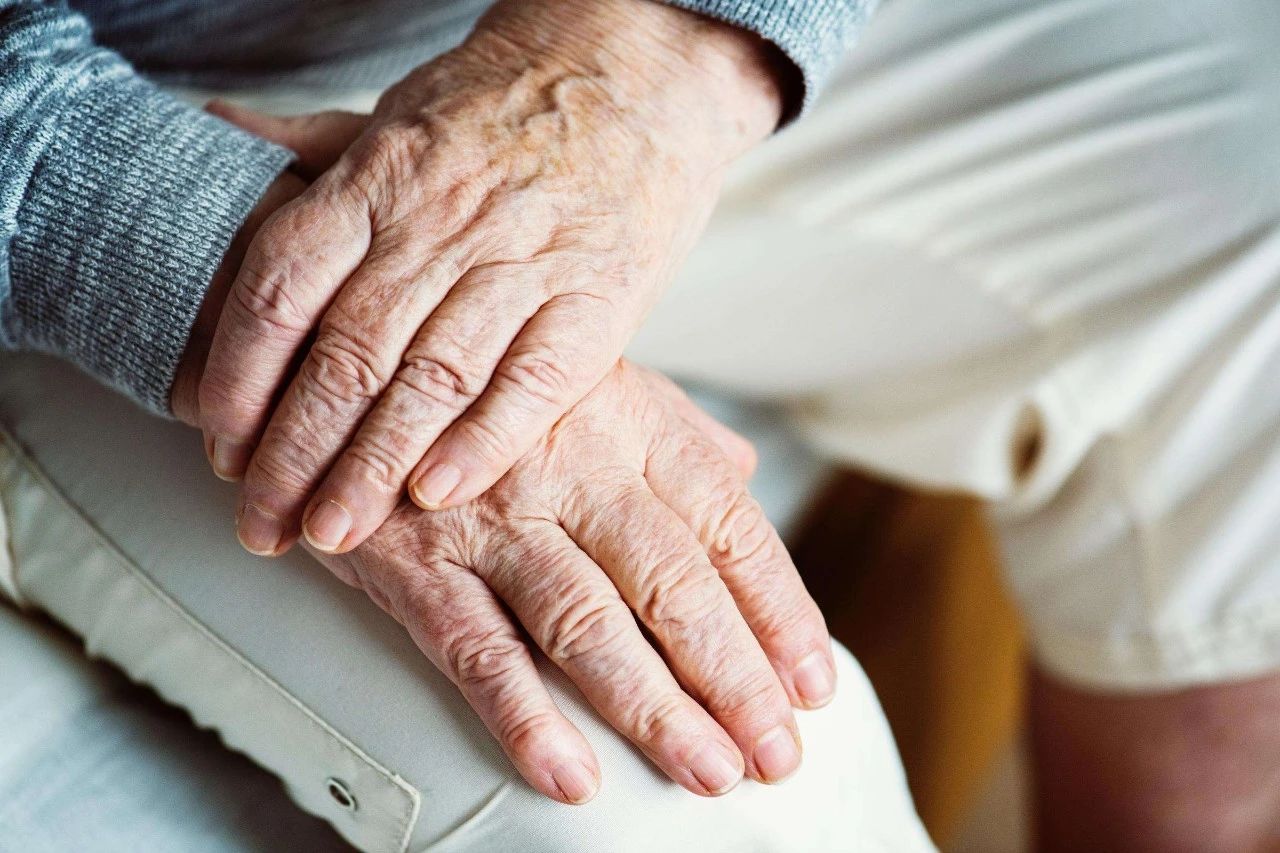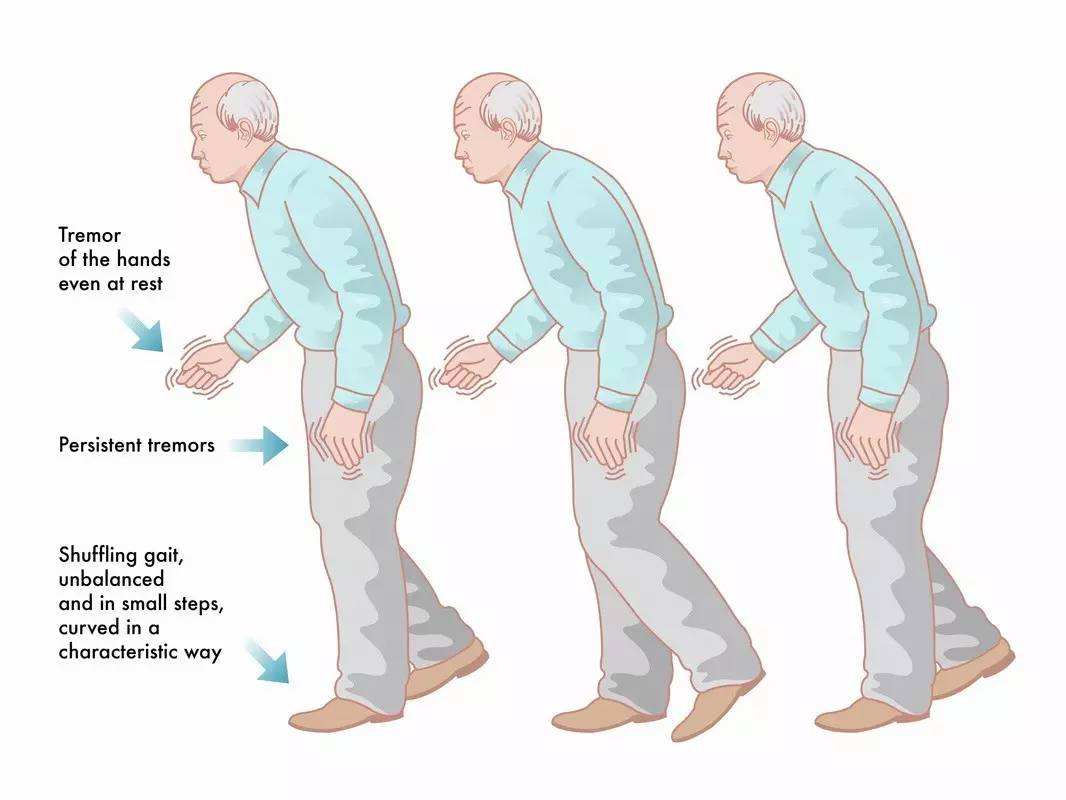News& Information
-
Medical Trends
 Home -> News& Information -> Medical Trends
Home -> News& Information -> Medical Trends
Parkinson's disease was first described systematically by Dr. James Parkinson in 1817. The WHO has designated Dr. James Parkinson's birthday April 11th as world Parkinson's day.

At present, there are more than two million Parkinson's patients in China, and the prevalence rate of the elderly over 65 years old is about 1700 cases per 100 000 people, and has become the third biggest cause of death of the elderly - after cancer and cardio cerebrovascular disease. Parkinson's disease is a chronic neurodegenerative disease. Its pathological basis is the degeneration and necrosis of dopamine cells in the substantia nigra compacta. This leads to the decrease of dopamine secretion in the brain, leading to neurological dysfunction.

The clinical manifestations of Parkinson's disease are mainly motor dysfunction, including static tremor, motor retardation, muscle rigidity and postural balance disorder. In daily life, it is mainly manifested as slow starting and walking disorder, with reduced range of motion, difficult starting, slow or forward walking speed, reduced facial expression, unclear speech, repeated speech, reduced volume, small sign (range of writing Smaller and smaller), and difficulty in swallowing (choking easily when drinking water). In addition to these motor symptoms, Parkinson's disease also has some symptoms that need to be alerted, such as olfactory dysfunction. Patients with Parkinson's disease can have olfactory abnormalities about 10 years before the motor symptoms appear. Also, facial expressions are reduced and there is no expression when talking with people. It’s called "mask face" in medicine. Emotional disorders, including anxiety, depression, apathy and loss of willpower may even appear as the very first symptom.

Parkinson's disease is uncurable. Medical treatment is focusing on reducing symptoms with medication, surgery and rehabilitation methods. Every Parkinson's disease patient's clinical performance is different. Once the Parkinson's disease is diagnosed, it should be comprehensively evaluated by professional doctors, and individual treatment and rehabilitation training programs should be planned. For Parkinson's disease patients, early detection, early diagnosis and early treatment can significantly improve the quality of life.

Parkinson's disease is a chronic progressive disease. Most patients can continue working for several years after getting diagnose, but the progress of the disease will gradually affect the daily life, leading to difficulty to take care of themselves.
The cause of Parkinson's disease is not very clear. It is generally believed that it is related to genetic factors, environmental factors, and aging. There is no exact prevention method for Parkinson's disease, but the following points may reduce the occurrence of Parkinson's disease:
* actively preventing and treating cerebral arteriosclerosis (controlling hypertension, hyperlipidemia, hyperglycemia, etc.);
* avoiding or reducing the use of drugs that induce tremor paralysis;
* keeping away from toxic substances and avoiding contact with toxic chemicals, such as insecticides, herbicides, pesticides, etc.;
* sports and mental activities can delay the aging of nerve tissue;
* early detection, diagnosis and treatment of early symptoms;
healthy and reasonable diet and proper amount of green tea and coffee are also beneficial to prevent Parkinson's disease.




